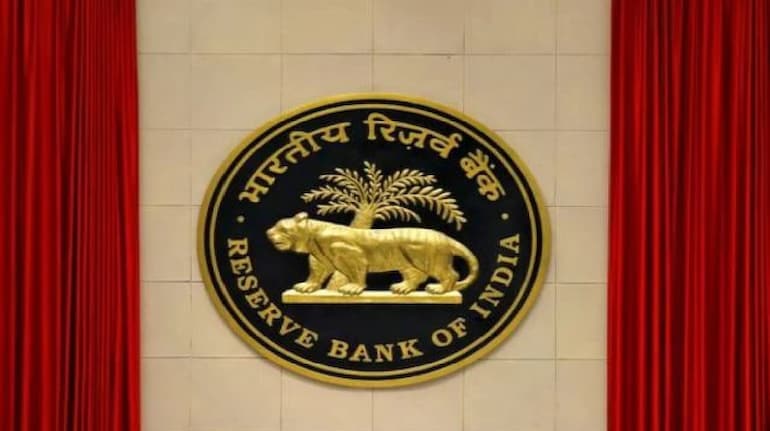



There were surprises all the way – frontloading of rate cuts with a 50-bps cut in this policy, a change of stance back to “neutral” from “accommodative”, and a CRR (cash reserve ratio) cut of 100 bps starting the fortnight of September 6th in equal doses of 25 bps each. While the food inflation has softened, the MPC (Monetary Policy Committee) also exhibited confidence on the core inflation trajectory. The lever is now completely placed on providing impetus to growth by ensuring the transmission of policy actions.
Headline CPI at 3.2 percent in April and inflation trajectory undershooting expectations over the last few months provided the confidence to the RBI to frontload the rate cuts in this policy. Food prices are expected to stay low due to a record wheat production and higher pulses output, while projections of normal monsoon bode well for the kharif crop. Consequently, the RBI has revised down its inflation expectations for FY26 to 3.7 percent from the earlier 4 percent, with the bulk of the correction happening for the first 2 quarters of FY26.
RBI projections now point to an average of 3.2 percent for H1FY26, while H1FY26 projections are at 4.2 percent. This sharp difference in inflation between the two halves has also, probably, led to an understanding that there may not be much scope for easing monetary policy in the H2 and hence, the current trajectory of inflation should be used to frontload the rate-cutting cycle. This is also clear in the change in stance back to “neutral” after having moved into an “accommodative” stance just two months back.
The message, therefore, and as also highlighted by the Governor himself, most of the monetary policy firepower has been expended and space for further monetary policy easing is limited.
Also read: RBI monetary policy - Relief for borrowers as home loan interest rates set to fall significantly
While the inflation forecast was revised lower, this was not true for the growth estimates, which were maintained at 6.5 percent. The RBI indicates that the Indian economy has maintained its momentum. The positive is that good agriculture and softer food prices bode well for rural consumption, while rate cuts are expected to be pulling up urban demand. Government’s capital expenditure, on the other hand, will continue to fire the investment engine.
RBI seems confident of a pick-up in private investments, though we maintain some caution on this front. The lack of policy certainty, especially on tariffs and the global resets, along with haziness of domestic and international demand, is likely to be headwind for private investments, even as capacity utilization levels are at historical averages. The other positive for growth is the services sector, which is expected to continue to be a robust contributor to the GDP in FY26. Overall, our own growth estimates are also at 6.5 percent.
The forward guidance provided through stance change and liquidity measures is important. RBI indicated that there may be some uncertainties with inflation, given weather uncertainties, and tariff-related price implications. All these are on the watch list for the RBI. We sensed a bit of worry from the RBI that while the past 50 bps rate cuts, along with positive liquidity, are reflected in the short-term rates, they have yet to reflect in the credit market, even acknowledging that the transmission process takes some time. Importantly, the Weighted Average Call Rate (WACR) is lower than the repo rate by around 25 bps.
On the other hand, Weighted Average Lending Rate (WALR) on fresh rupee loans and outstanding rupee loans has declined by 6 bps and 17 bps, respectively. Now, with the rate cuts mostly done, the focus of the RBI shifts to the transmission mechanism.
One way to ensure transmission is an assurance that liquidity will be kept adequate. While the current banking sector liquidity remains comfortable, it is expected that the liquidity position will stay comfortable for H1 as the government also starts spending out of the Rs 2.7 trillion dividends received from the government. The RBI has cut the CRR from 4 percent to 3 percent starting the fortnight of September 6th, 2025, in equal doses of 25 bps.
The cumulative liquidity infusion will be around Rs 2.5 trillion, and is times to seep in during H2, when liquidity generally tends to tighten on account of the busy season. The significant CRR reduction will also enable banks to lower the cost of funds, which can in turn be passed on to economic agents, hence making the transmission process easier.
After an interesting day of surprises, the 10-year benchmark bond yields have moved higher to 6.28 percent, but not before dropping intraday to 6.13 percent after the news of a 50-bps cut hit the market. With the market factoring in almost an end to the monetary easing cycle, it could be a struggle for yields to move lower than 6.20 percent immediately.
With an inflation forecast of 3.7 percent and a real rate of 1.5 percent, the terminal rate could still be at 5.25 percent. Thus, there is still a possibility that one more 25 bps is squeezed in. However, the timing remains uncertain and will be data-dependent. For now, we see limited chances of this happening in the August and October policies as the RBI factors in global uncertainties, tariff impact, and domestic monsoon-related uncertainties into its inflation projections.
Disclaimer: The views and investment tips expressed by investment experts on Moneycontrol.com are their own and not those of the website or its management. Moneycontrol.com advises users to check with certified experts before taking any investment decisions.
Discover the latest Business News, Sensex, and Nifty updates. Obtain Personal Finance insights, tax queries, and expert opinions on Moneycontrol or download the Moneycontrol App to stay updated!
Find the best of Al News in one place, specially curated for you every weekend.
Stay on top of the latest tech trends and biggest startup news.